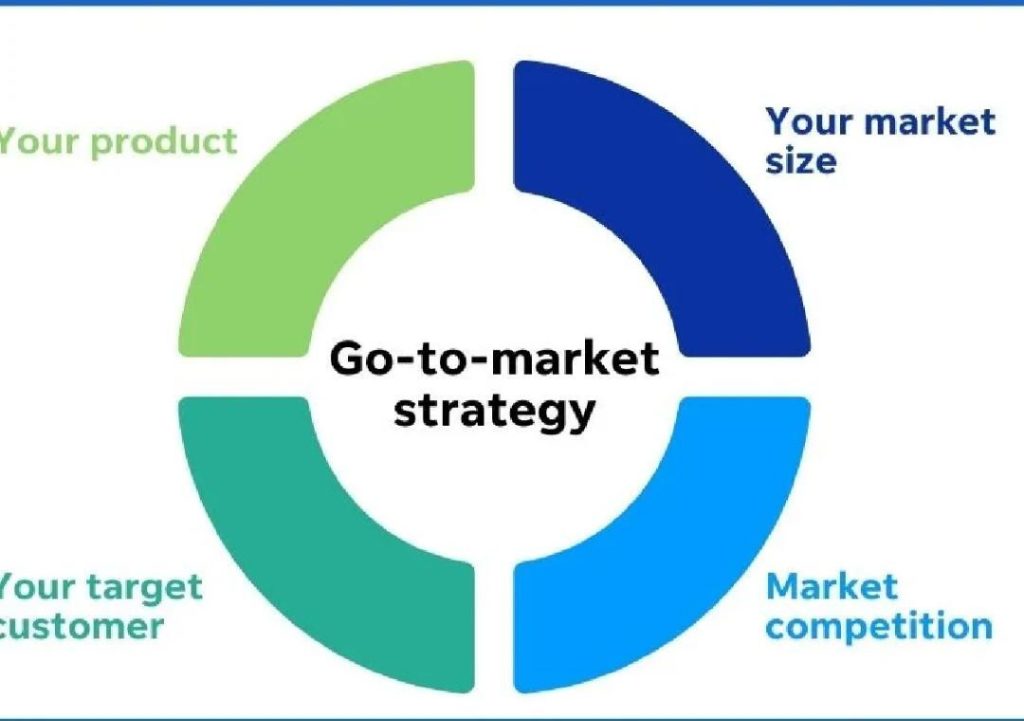
What GTM Framework Solves Supply Chain Disruptions?
In today’s fast-paced and competitive business landscape, supply chain disruptions can be devastating to a company’s reputation and bottom line. Effective go-to-market (GTM) frameworks play a crucial role in ensuring that product launches are executed smoothly, and supply chains are aligned with customer demand. A well-designed GTM framework can help companies avoid common pitfalls such as overstocking, delivery delays, and dissatisfied customers.
In this blog post, we’ll explore the importance of GTM frameworks in supply chains, and outline the key components of a successful approach.
The Challenges of Supply Chain Disruptions
Supply chain disruptions can occur due to a variety of factors, including natural disasters, supplier insolvency, and unexpected changes in demand. When these disruptions occur, they can have a ripple effect throughout the entire supply chain, causing delays, shortages, and increased costs.
In addition to the financial impacts of supply chain disruptions, they can also damage a company’s reputation and erode customer trust. A survey by the International Transport Forum found that 71% of companies reported a significant impact on their business due to supply chain disruptions, with 22% reporting a loss of revenue of over 10%.
The Role of GTM Frameworks in Supply Chain Management
GTM frameworks are designed to match the launch of a new product or service with the readiness of the logistics and supply chain infrastructure. This involves coordinating the development, production, and distribution of the product with the marketing and sales efforts.
A well-designed GTM framework should include the following components:
- Phased Rollout: A phased rollout involves launching the product or service in a controlled and measured way, allowing companies to test the market, gather feedback, and make adjustments before scaling up.
- Local Inventory Buffers: Local inventory buffers involve maintaining a buffer stock of the product or service at the point of sale, allowing companies to respond quickly to changes in demand.
- Demand Sensing: Demand sensing involves using data analytics and machine learning algorithms to predict customer demand and adjust production and inventory levels accordingly.
- Data Dashboards: Data dashboards provide real-time visibility into the supply chain, allowing companies to track production, inventory levels, and shipping schedules.
- Feedback Loops: Feedback loops involve gathering feedback from customers, sales teams, and other stakeholders to identify areas for improvement and make data-driven decisions.
Staging Releases and Integrating Feedback Loops
One of the key benefits of a GTM framework is the ability to stage releases and integrate feedback loops. This involves launching the product or service in a controlled and measured way, and gathering feedback from customers and stakeholders to identify areas for improvement.
For example, a company may launch a new product in a pilot market, and gather feedback from customers and sales teams to identify areas for improvement. This feedback can then be used to make adjustments to the product or service before scaling up to other markets.
Keeping Supply Aligned with Customer Demand
A well-designed GTM framework should also involve keeping supply aligned with customer demand. This involves using data analytics and machine learning algorithms to predict customer demand, and adjusting production and inventory levels accordingly.
For example, a company may use predictive analytics to forecast demand for a new product, and adjust production levels accordingly. This can help to avoid overstocking or understocking, and ensure that the company has the right products in the right quantities to meet customer demand.
Conclusion
Supply chain disruptions can have significant impacts on a company’s reputation and bottom line. Effective GTM frameworks play a crucial role in ensuring that product launches are executed smoothly, and supply chains are aligned with customer demand.
By staging releases, integrating feedback loops, and keeping supply aligned with customer demand, companies can avoid common pitfalls such as overstocking, delivery delays, and dissatisfied customers. A well-designed GTM framework can help companies to build trust with their customers, and establish a reputation for reliability and efficiency.
News Source:
https://www.growthjockey.com/blogs/gtm-frameworks-supply-chain-challenges






